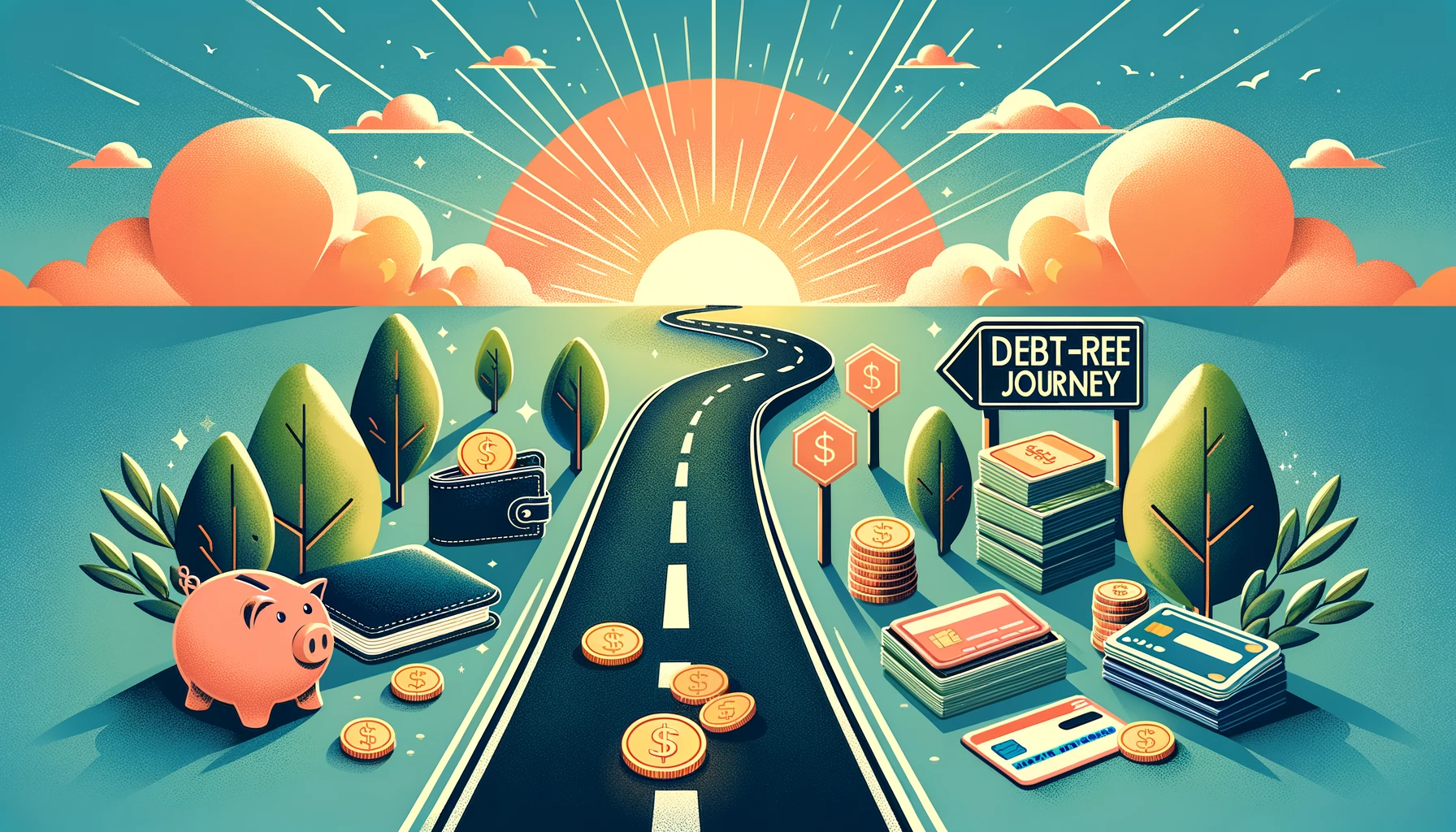Introduction
Debt can often feel like a heavy burden, but the journey to becoming debt-free is a liberating path worth pursuing. Whether it’s credit card debt, student loans, or a mortgage, debt can hinder your financial growth and personal goals. This article will guide you through creating a personalized plan and adopting effective strategies to accelerate your journey towards debt freedom.
Understanding Your Debt
1. Assess Your Debt
Start by listing all your debts. Include the lender, total amount owed, interest rate, and minimum monthly payment for each.
2. Analyze Your Finances
Review your income and expenses. Understanding your cash flow is crucial to formulating a debt repayment plan.
3. Prioritize Your Debts
Consider using either the Avalanche or Snowball method:
- Debt Avalanche: Pay off debts from the highest interest rate to the lowest. This method saves you money on interest over time.
- Debt Snowball: Pay off debts from the smallest amount owed to the largest. This can be motivating as you see debts disappearing.
Effective Debt Repayment Strategies
1. Budgeting
Create a budget that allocates funds for debt repayment. Prioritize needs over wants and find areas where you can cut back.
2. Increase Your Income
Consider side hustles, overtime, or part-time jobs. Use any extra income to pay down debt.
3. Reduce Expenses
Look for ways to lower monthly expenses. Simple changes like dining in, using public transportation, or canceling unused subscriptions can free up more money for debt repayment.
4. Negotiate Lower Interest Rates
Contact your creditors to negotiate lower interest rates. A reduced rate can significantly decrease the amount of interest you pay over time.
5. Use Windfalls Wisely
Allocate any unexpected money, like tax refunds or bonuses, towards your debt.
6. Consider Debt Consolidation
Consolidating multiple debts into a single loan with a lower interest rate can simplify payments and potentially reduce costs.
7. Avoid Accumulating New Debt
Stop using credit cards and avoid taking on new loans during your repayment period.
Creating Your Debt Repayment Plan
1. Set Realistic Goals
Define clear, achievable goals. Decide by when you want to be debt-free and set milestones.
2. Choose Your Strategy
Select the debt repayment method (Avalanche or Snowball) that suits you best.
3. Develop a Timeline
Based on your income and expenses, create a timeline for your debt repayment.
4. Monitor Progress
Regularly check your progress. Adjust your plan if your financial situation changes.
Staying Motivated
- Celebrate Milestones: Acknowledge when you reach a milestone to keep yourself motivated.
- Stay Positive: Focus on the progress you’re making, not just the end goal.
- Seek Support: Join a community or find a debt repayment buddy for encouragement.
Conclusion
Your journey to becoming debt-free is not just about paying off debt; it’s about gaining financial freedom and peace of mind. It requires commitment, discipline, and patience, but with the right plan in place, you can successfully navigate this path. Stay focused, celebrate your successes, and remember that each step you take is moving you closer to your goal of a debt-free life.
Embarking on a debt-free journey is a transformative process that reshapes your financial habits and future. Take it one step at a time, and before you know it, you’ll be enjoying the freedom and opportunities that come with living a debt-free life.
